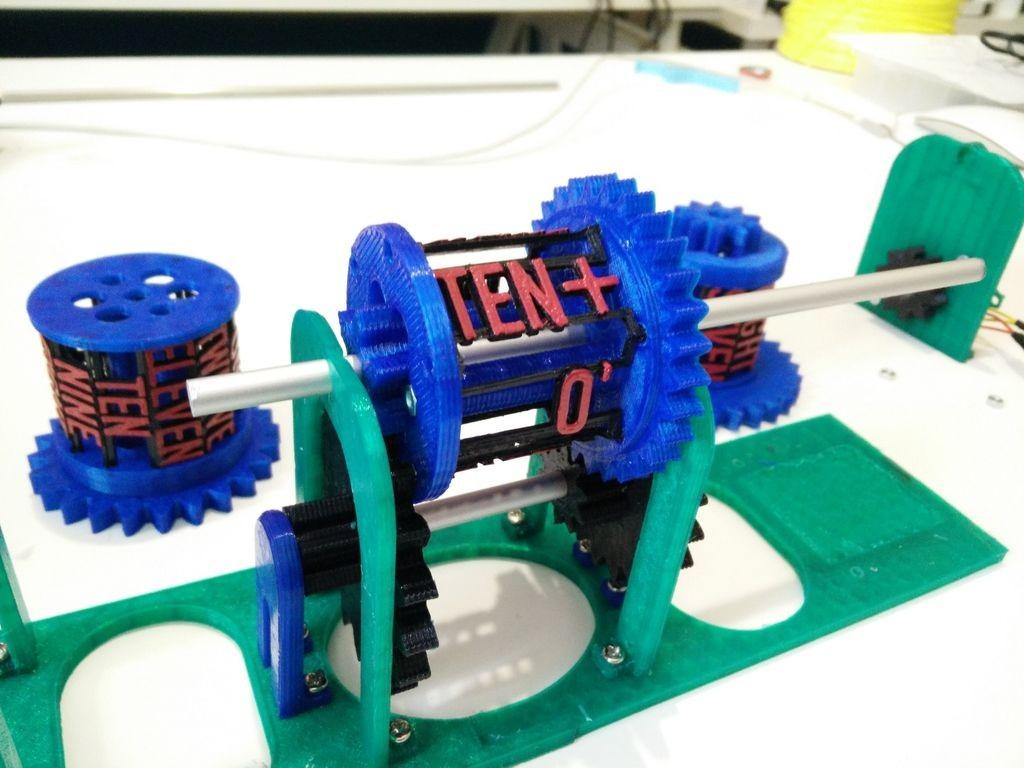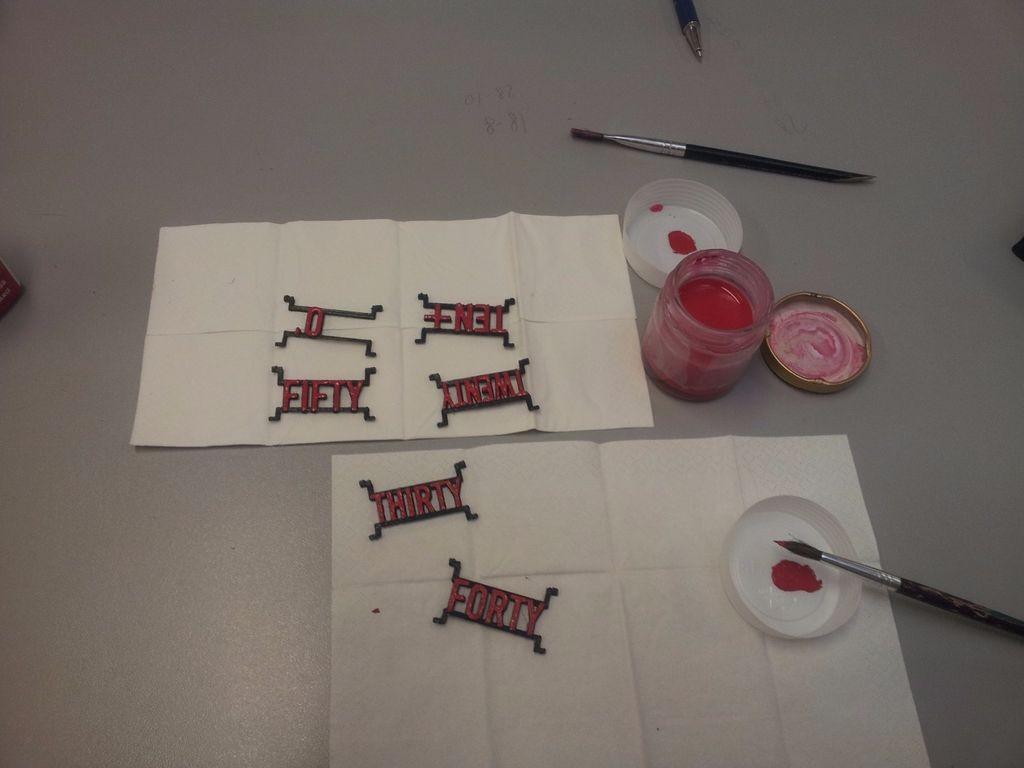While Instructables contributor, NespLab, a.k.a. Matias Mamone, proclaimed in the introduction of his 3D-printed rotary clock project page that he was neither “a designer or an engineer,” it’s pretty clear that this humble maker is tech savvy. There’s a kind of steampunk aesthetic to his 3D-printed, triple-rotor clock and, for someone who claims to be something of a novice, Mamone’s detailed instructions and his process itself are reassuringly clear and easy to follow.
That said, this project requires some skill or at least a willingness to tackle some fairly complex steps. It also requires a fairly lengthy list of tools and supplies. Before undertaking this project, you will need to have the following tools on hand:
– Something with which to cut metal, like a rotary tool. If you have a handy friend, this might be something you want to borrow as you’ll only be using it a couple of times.
– A 3D printer. This isn’t an absolute necessity as you probably know you can use a web-based 3D printing service like i.materialise or Shapeways. To find a 3D printer near you, you can also use 3D Hubs.
– A computer. At this point, who doesn’t have one?
– Screwdrivers.
– A soldering iron. Why not purchase one? Chances are that if you enjoy this project, you’ll take on other projects that will require the use of a soldering gun. You can find inexpensive ones online.
You’ll also need to prepare by collecting the following supplies:
– All of the 3D-printed parts.
– A small stepper motor.
– An Arduino Mini (or Nano, or something similar).
– 1 EasyDriver (or other stepper motor driver).
– An RTC. Here’s one from our friends at Adafruit: DS1307 RTC.
– 280x6mm (at least) aluminum tube, 7”, 6mm diameter.
– 14 M3x8mm screws.
– 8 M3x10mm screws.
The final item on Mamone’s list you won’t find online. You’ll need, he quips “TONS of patience.” You also may want to have some acrylic paint  and a brush on hand in case you want to paint the letters of your clock. He used red acrylic paint on black PLA. Speaking of PLA, Mamone printed all of the 3D-printed parts for this clock using 230g PLA at 10 to 15% infill and 0.2mm height. Printing did not require a support or raft layers. He provide the .stl files for all of the 3D-printed parts. In his instructions for printing, he also notes which parts may either require extra measures, including enlarging holes that may not print cleanly.
and a brush on hand in case you want to paint the letters of your clock. He used red acrylic paint on black PLA. Speaking of PLA, Mamone printed all of the 3D-printed parts for this clock using 230g PLA at 10 to 15% infill and 0.2mm height. Printing did not require a support or raft layers. He provide the .stl files for all of the 3D-printed parts. In his instructions for printing, he also notes which parts may either require extra measures, including enlarging holes that may not print cleanly.
With this project, you’ll also need to be prepared to, as we noted earlier, do some basic soldering and cutting of metal. Additionally, you’ll be wiring the electronics, programming the Arduino and, of course, assembling everything to create your rotary clock. If at some point you feel, if not despairing, frustrated, dig out that last item on the tools and supplies list: patience. Also know that until you complete the project, nobody is keeping track of how much time you invest in this cool little clock.
Let us know if you decide to take this DIY project on. Discuss in the 3D Printed Rotary Clock forum thread on 3DPB.com.
Subscribe to Our Email Newsletter
Stay up-to-date on all the latest news from the 3D printing industry and receive information and offers from third party vendors.
You May Also Like
Profiling a Construction 3D Printing Pioneer: US Army Corps of Engineers’ Megan Kreiger
The world of construction 3D printing is still so new that the true experts can probably be counted on two hands. Among them is Megan Kreiger, Portfolio Manager of Additive...
US Army Corps of Engineers Taps Lincoln Electric & Eaton for Largest 3D Printed US Civil Works Part
The Soo Locks sit on the US-Canadian border, enabling maritime travel between Lake Superior and Lake Huron, from which ships can reach the rest of the Great Lakes. Crafts carrying...
Construction 3D Printing CEO Reflects on Being Female in Construction
Natalie Wadley, CEO of ChangeMaker3D, could hear the words of her daughter sitting next to her resounding in her head. “Mum, MUM, you’ve won!” Wadley had just won the prestigious...
1Print to Commercialize 3D Printed Coastal Resilience Solutions
1Print, a company that specializes in deploying additive construction (AC) for infrastructure projects, has entered an agreement with the University of Miami (UM) to accelerate commercialization of the SEAHIVE shoreline...
































